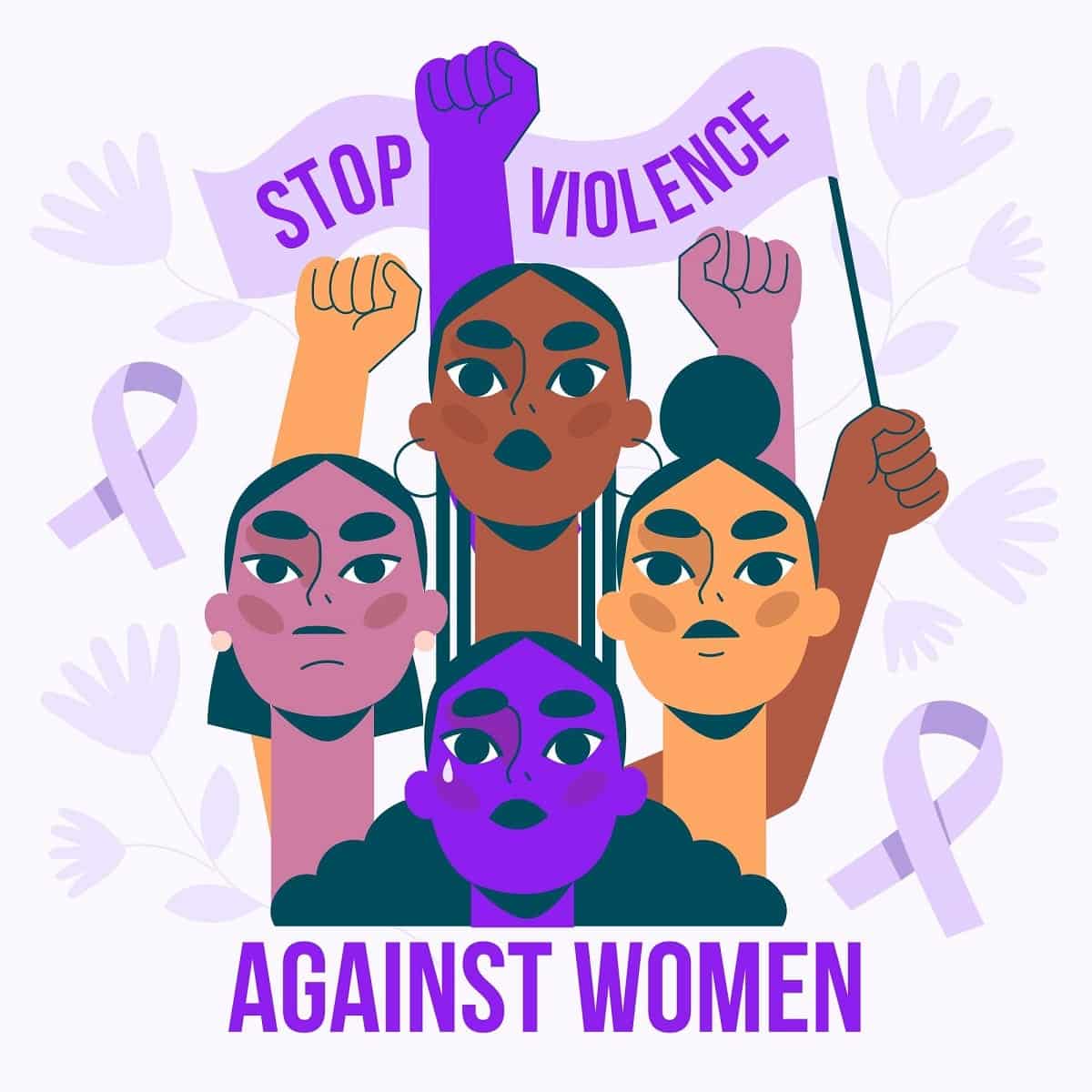One in four women in the world has suffered sexist violence at the hands of her partner or ex-partner throughout her life, according to figures collected in a study carried out by the British medical journal ‘The Lancet’. And the situation among adolescents and young women stands out in a worrying way: in the age range between 15 and 19 years, it is estimated that 24% have already experienced it.
1 in 5 young people deny its existence
No less alarming is the fact that many adolescents deny their existence. This is how the Barometer ‘Youth and Gender. Identities, representations and experiences in a complex social reality’ carried out by the Reina Sofía Center, which highlights among its conclusions that for 1 in 5 young people between the ages of 15 and 29, sexist violence does not exist. Their arguments maintain that it is an ‘ideological invention’, that violence is inevitable, that it is habitual and that, if it is of low intensity, it is not a problem. “There is a group of deniers of gender violence, not only men but also women, with misogynistic attitudes and who are unaware of the history of women and constitutional and democratic processes from a gender perspective,” says Isabel Tajauerce, doctor and professor at the Faculty of Information Sciences at the Complutense University of Madrid. However, these denialist attitudes collide directly with reality: during the past 2021 a total of 43 women were murdered in our country and, in just two months of 2022, the figure rises to four. Among them, a 17-year-old girl who was murdered in Totana (Murcia) by her 19-year-old former partner. What could be the reasons for this increase in violence among adolescents? According to the specialist teacher in Therapeutic Pedagogy, Asunción Martínez Duarte, “it is due to family influence, poorly managed insecurity (aggressive communication style) and the consumption of pornography.”
Education, key to prevention and awareness
Faced with this social problem, education becomes one of the main tools to prevent and raise awareness from an early age about the serious problem of violence against women. But how can you work from the classroom?
Teacher training
For Tajahuerce, having a well-trained teacher in gender matters is crucial when it comes to being able to educate students correctly. She believes that it is necessary to introduce gender subjects in universities, for future teachers, as well as to train those who are already active. “Without training you cannot work on gender violence. Sensitivity is not enough, knowledge is needed”, she points out.
Educate social skills
Working and educating in respect, building strong, positive self-esteem and developing social skills based on assertiveness are other key points to keep in mind when working on gender-based violence in the classroom. Martínez Duarte affirms that it is important to educate from an early age, reinforcing positive behaviors and values such as empathy or self-esteem so that students learn to identify that when these fail, there is a problem. Another element of great importance is teaching to say ‘No’. “To do this, it is possible to resort to assertive techniques that allow people to express their opinion without the need to feel guilty about it,” says the specialist in Therapeutic Pedagogy.
Emotional education to combat violence
Emotional education is one of the tools with the greatest potential to prevent gender-based violence and to work on detected cases, since it is emotions and feelings that play a decisive role in attitudes, as indicated in the Guide to Good Treatment and prevention of gender violence of the Ministry of Education of the Junta de Andalucía. Knowing and naming different emotions, learning to identify one’s own feelings and those of other people, working on empathy or training self-control of aggressiveness or fear are some of the points present in this Guide; all of them necessary when dealing with emotional education in the classroom.

